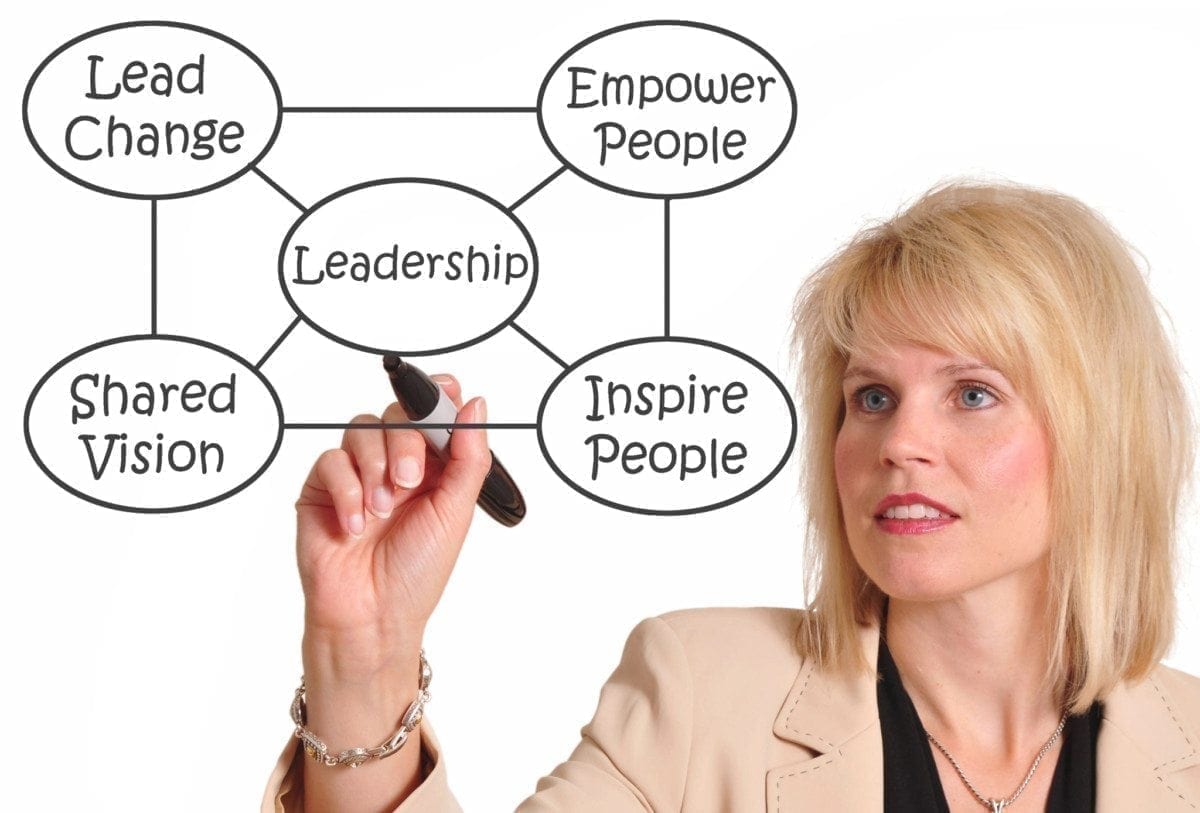Successful Skill Secrets…Scream TOP EXECUTIVE!
The evolution of our best executive self is an ongoing, never-ending quest. As executives, we evolve with each new position, new responsibilities within a current position, or with new circumstance in our lives. If you are a freshly promoted executive, you will need to assess and adjust your existing skills to be your best in your new position. Sometimes this requires adding skill sets. I once worked with a Division President who had previously been praised for his ability to get a team to complete all projects on time and within budget. His new position required both external and internal negotiations with multiple teams and then leading these teams toward a long-term vision, which included innovative strategies that addressed a recent major market shift. He needed to quickly develop new skills around visioning and long-term strategy development.
Most leaders do not think about developing their next skills early enough. This often creates a feeling of being overwhelmed at the very start of their next position. There is certainly enough to learn and do without having to start from behind with leadership skills.
What are the most important skills to develop as an executive moving up?
Here are the 5 most prevalent ones we see in our executive coaching practice with simple tips for adding a layer to your own repertoire of skills:
1. Visioning – As leaders when you come up through the ranks, you are rewarded for getting things done. Sometimes you have a view into why your assigned goals are the right things at the right time. As an executive, you reach a certain crest in your career, the view changes and you must now lead the charge, by not only creating strategy to attain the vision, but also leading and propagating that vision of the ideal future. This is often a learned skill that takes considerable effort to cultivate.
Tip: If you need to practice visioning, start by envisioning what your successful organization would look like in 3-5 years, push yourself to create a picture of the future without describing how you would get there, what needs to happen to get there or how the organization chart changes? Simply describe what it will be like when you are there; possibly through the lens of market position or what is different in the value you provide your customers. More on Skills to Develop Your Visionary Leader at: https://www.kineticinsights.com/skills-to-develop-your-visionary-leader/
2. Emotional Intelligence – We know that emotional intelligence distinguishes great leaders from the pack. Manage yourself so that those around you have consistency, a positive influence, and a great example to emulate. These skills will make all the difference in how well your team works together and their ability to perform.
Tip: IF you, like most leaders, have read about EI, then you probably know your personal strength areas and areas to upgrade. Consider using your strengths to address those areas that need upgrading. Let’s say you are strong in the self-awareness categories yet not so versed at judging the mood of the room or social awareness. As you participate or lead meetings, focus first on your self-awareness, your own mood, and emotions. What are you experiencing? What are the emotions behind the experience you are having? If you looked at the tone of the speakers differently, what else could or would you be experiencing?
Then switch to others: What are you reading on other participants’ faces? What story (do not get attached to it) do you see that could be going on with each of them? What is the prevalent emotion in the room? More on EI at: The Veggies of Leadership: Emotional Intelligence https://www.kineticinsights.com/the-veggies-of-leadership-emotional-intelligence/ and Leading from the Inside Out https://www.kineticinsights.com/building-leadership-from-inside-out/
3. Managing Your Leaders’ Accountability – Many executives know how to direct their teams, however, as you rise through the ranks or take on your own company, being directive is not always as productive. Good leaders that work for executives know how to get things done. They have their own processes, styles, and ambitions so the directive approach is sometimes off-putting or even offensive. As great executives you should be able to determine how best to lead, when to manage, and when to step-in and be directive.
Tip: Instead of asking why something important didn’t get finished, ask what needs to happen to finish it within x timeframe? Or ask what priorities could or need to shift to finish within the time remaining before the deadline? More on accountability at: Be Accountable for Accountability https://www.kineticinsights.com/being-accountable-for-accountability/
4. Developing Effective Teams – Effective teams understand the longer-term game, the path to the big win, who they need next to them, and reporting to them, as well as how to, as a team, stay motivated without burning out. Working in silos, infighting, backstabbing, and other such practices have no place within effective teams. It is your job as the top leaders to be the example, set clear expectations, and hold others accountable to maintain a healthy culture. Transformational leadership, which broadens and elevates interests and teams, and Team Chartering are first steps toward developing effective teams.
Tip: Have the tough conversations on what and how the team needs to interact. Discuss how to attain present and future goals and vision. Set team norms for working together. Norms could cover being on time for meetings, using or not using technology to take notes and record action items, expectations on sharing resources and agreements on handling conflicts, etc. More on Lasting Change Demands Transformational Leadership at: https://www.kineticinsights.com/lasting-change-demands-transformational-leadership/ and Team Chartering at: https://www.kineticinsights.com/high-performing-teams-whats-your-role/
5. Conflict Management – Healthy conflict is good, however toxic conflict can be detrimental to retaining talent and meeting overall objectives. The most common hotbeds for conflict are: limited resources, conflicting styles, competing goals, vague expectations, and misconceptions. As an executive leader you need to be aware of conflicts to avoid them going underground where they become part of a negative culture and a major obstacle to attaining and sustaining quality execution toward the vision.
Tip: Always work on upgrading your and your team’s ability to communicate expectations clearly and succinctly, then get confirmation from the receiver of those expectations by asking them to share back their understanding of what is next. More on What Leaders Should Learn About Managing Conflict at: https://www.kineticinsights.com/leaders-learn-managing-conflict/
How often are you as a leader of yourself, your team, your organization, and/or your family thinking about adjusting your skills to be the best leader or company owner you can be? Or do you do the same thing again and again and expect different results? Be the leader or executive others follow willingly and productively by going on your own quest.
At Kinetic Insights, our PathFinders are skilled in helping leaders unleash the greatness in themselves and in their organizations. Call or email us for a quick discussion that just might put you and your team on the path to significant change.
Gail A. Froelicher is Founder and CEO of Kinetic Insights, LLC. For over 12 years, Gail and her team of PathFinders have journeyed with their customers to forge successful paths in rapidly changing business environments.











Leave A Comment